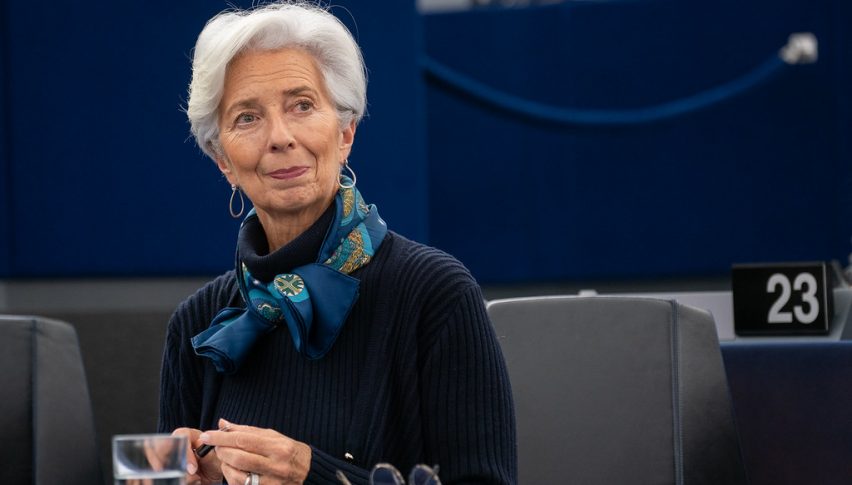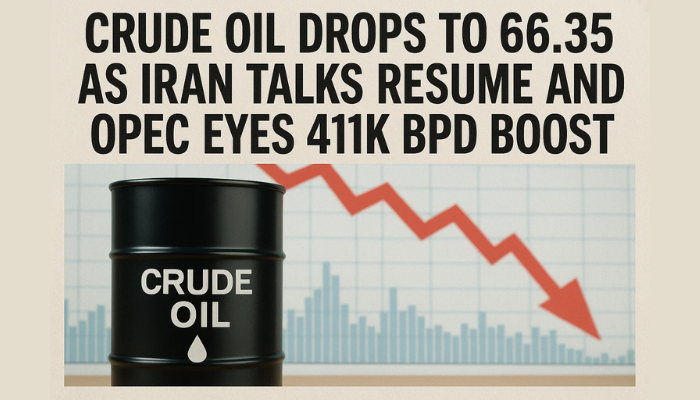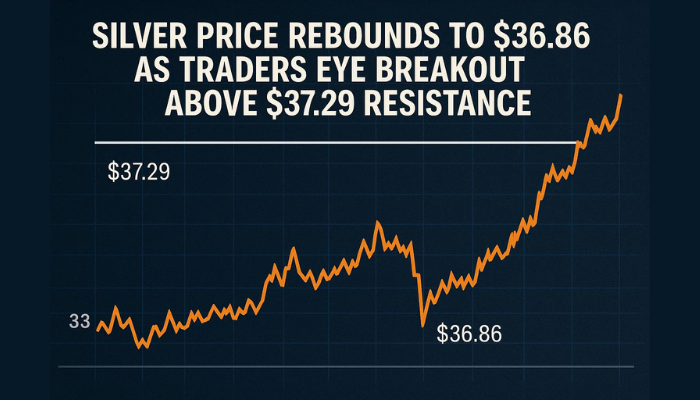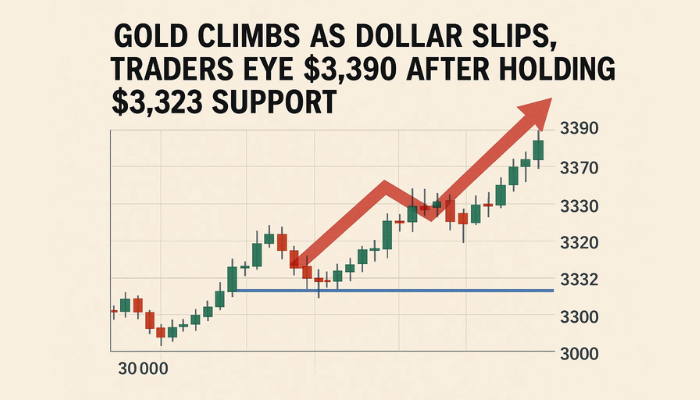A Few Reasons for EUR/USD to Be More Stable in the Short Future
EUR/USD has reversed down from the 100 weekly SMA, but it might find support at the 50 weekly SMA at 1.10

The Euro has been quite volatile recently, like most other major currencies, as the coronavirus broke out in Europe and the lock-down that followed it put the global economy in probably the worst recession since 1930s. Many sectors have dived deeper than in 2008-09 financial financial crisis and economic recession. The Euro has been weak in the last two years, especially in 2019, as the Eurozone manufacturing was suffering due to the global trade war and it fell in contraction in large European countries. On February this year, the coronavirus broke out and we have seen some very volatile times in EUR/USD since then.
This pair surged 7 cents higher to 1.15 in the last week of February and the first week of March, but then reversed back down from the 100 SMA (grey) on the H4 chart, which has acted as resistance. This pair declined nearly 9 cents lower and traded sideways for a couple of months, but in late May we saw another surge higher. But, the 100 SMA acted as resistance again on the weekly chart. EUR/USD has reversed back down now and has formed a bearish reversing signal. But, the Euro has several reasons to be more supported in the coming months, which suggests that the 50 SMA might turn into support at around 1.10 for some time.

EUR/USD has formed a bearish reversing pattern on the weekly chart
- Proposals for An EU Recovery Fund – The proposal for a coronavirus recovery plan from some EU leaders was the reason for the bullish reversal in EUR/USD by the middle of May. They first proposed a EUR750 billion fund, which improved the sentiment, then increased it to around EUR 1.3billion and today I saw that they increased the fund again to EUR1.85 billion. Such a fund, on top of the injection of money from European governments should help the European economy and the Euro.
- Larger Than Expected German Programme – Germany is introducing a fiscal stimulus programme, totaling EUR130 billion. It is not extraordinarily big for Germany, but it is considerable, particularly since Germany hasn’t been hit that badly.
- The Stronger Commitment from the ECB – The European Central Bank has been quite active during this time, in order to support the euro-zone economic recovery and debt markets by expanding the PEPP by a further EUR600 billion. Purchases are expected to continue into the middle of next year, which is another Euro positive factor.
- Europe Recovering from Coronavirus – There us building evidence that the euro-zone economy is now recovering from the COVID-19 and the shock, as lock-downs ease without any material pick-up in the growth rate of new cases so far,” MUFG said earlier this week. Apart from being better for the economy, it also increases the sentiment among investors and consumers in Europe.
So, the near-mid term future doesn’t seem too dark for the Eurozone and the Euro. On the other hand, this will be a long year in the US. Protests and the looting are hurting businesses that have just reopened, while the lock-downs are still in force in some states. I think that this turmoil will continue until the elections or even after Trump wins a second term, as it has happened in the last few decades with every US president. So, EUR/USD should remain supported this year and 1.10 might actually turn into support for this pair.
- Check out our free forex signals
- Follow the top economic events on FX Leaders economic calendar
- Trade better, discover more Forex Trading Strategies
- Open a FREE Trading Account


